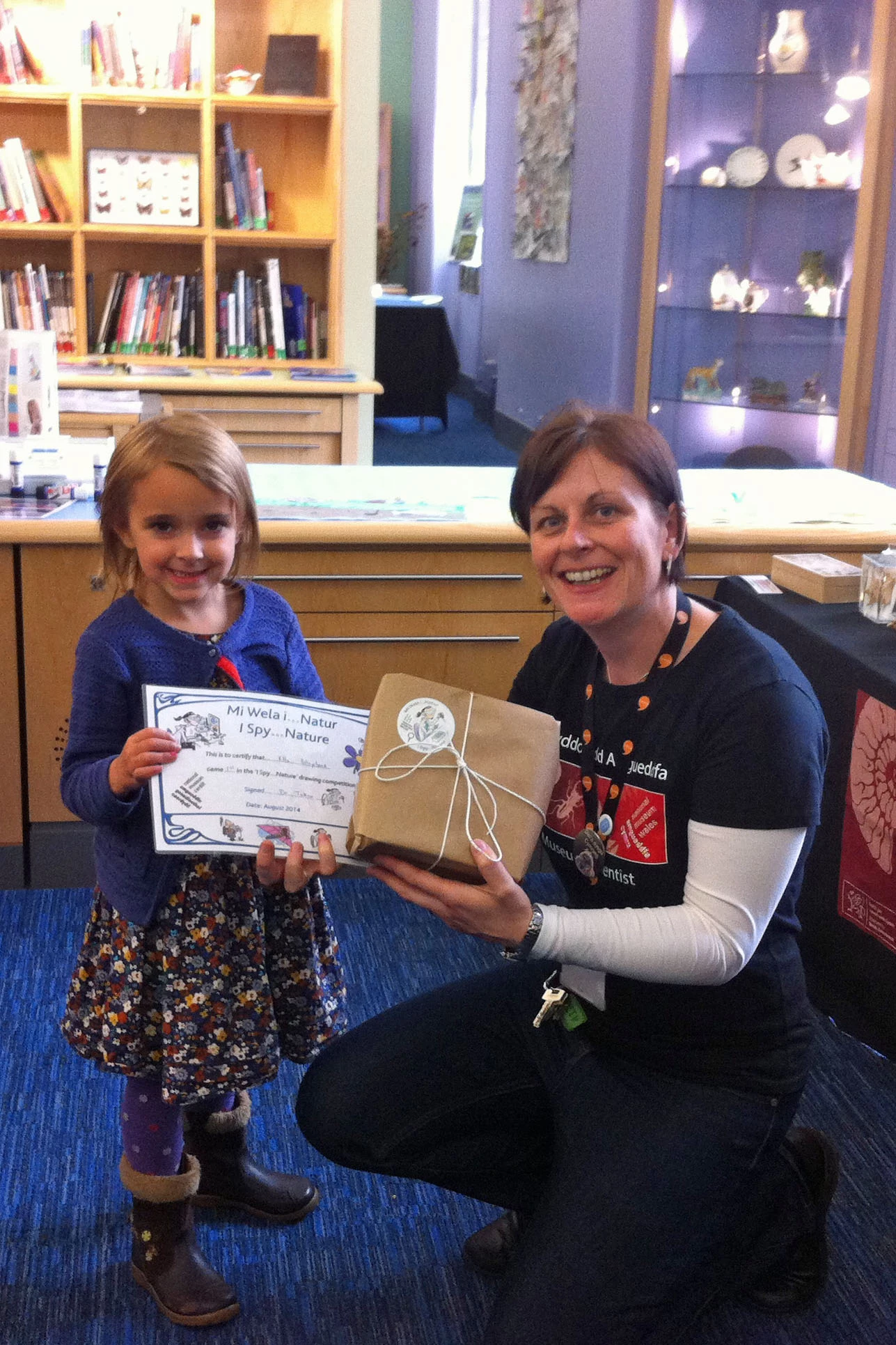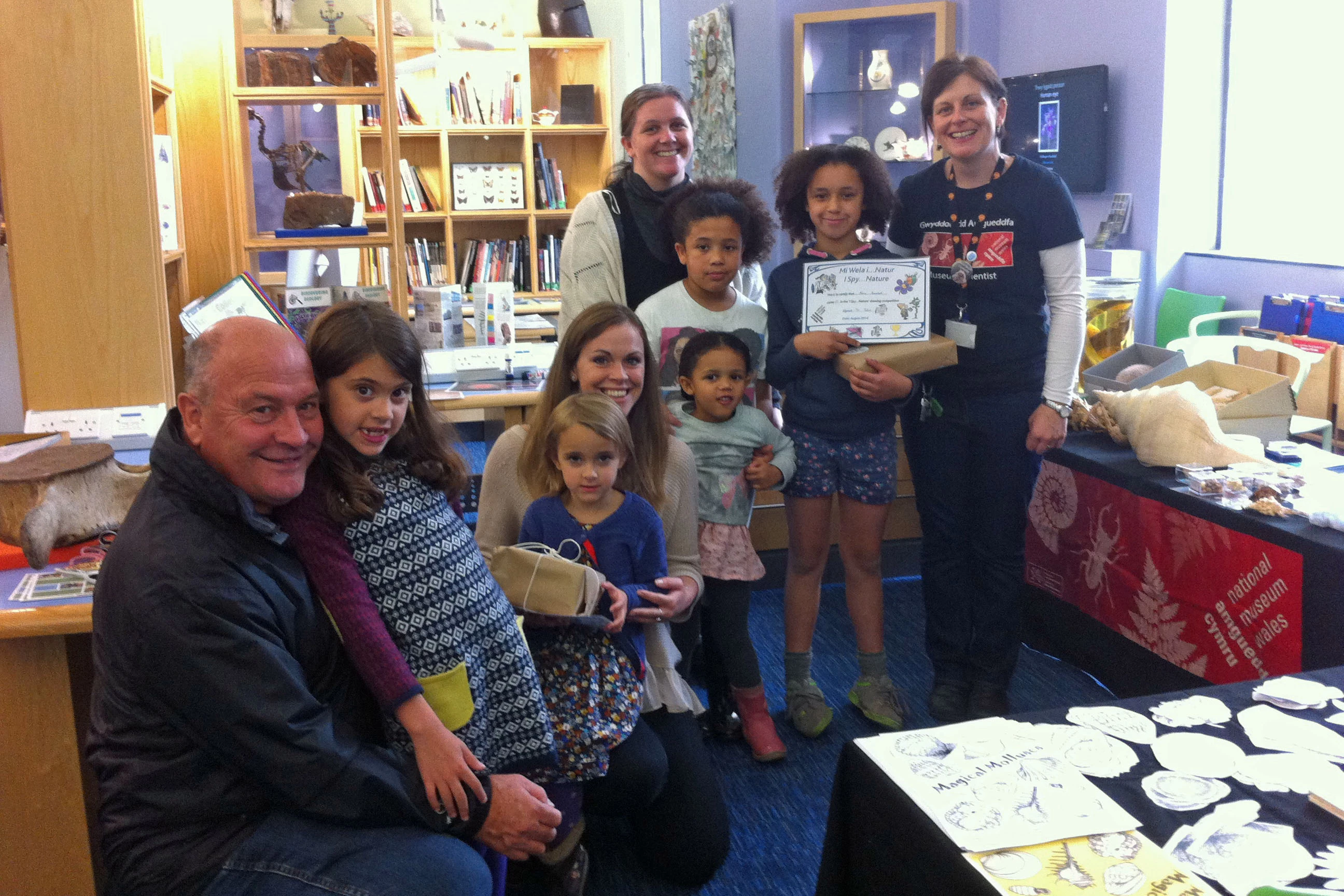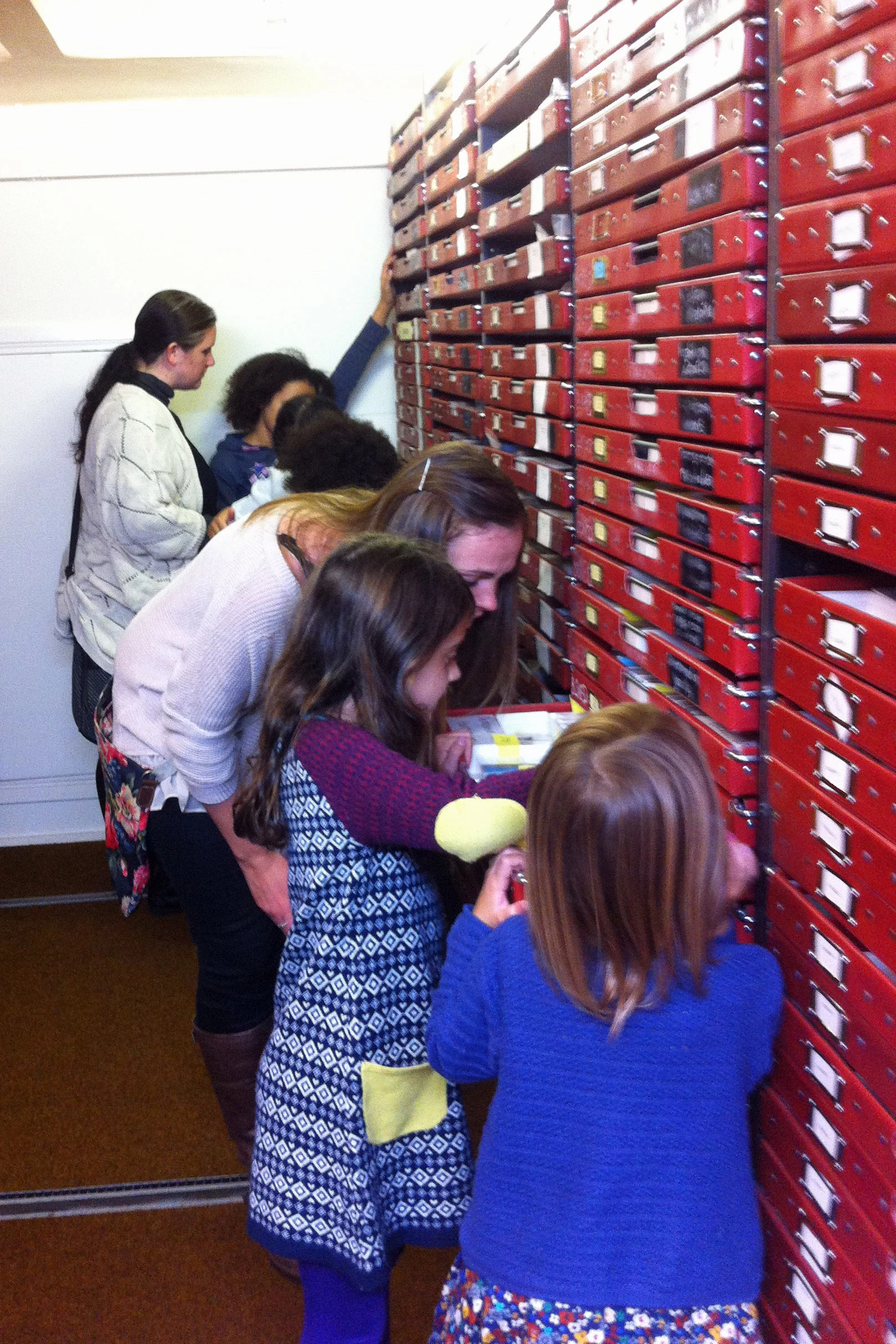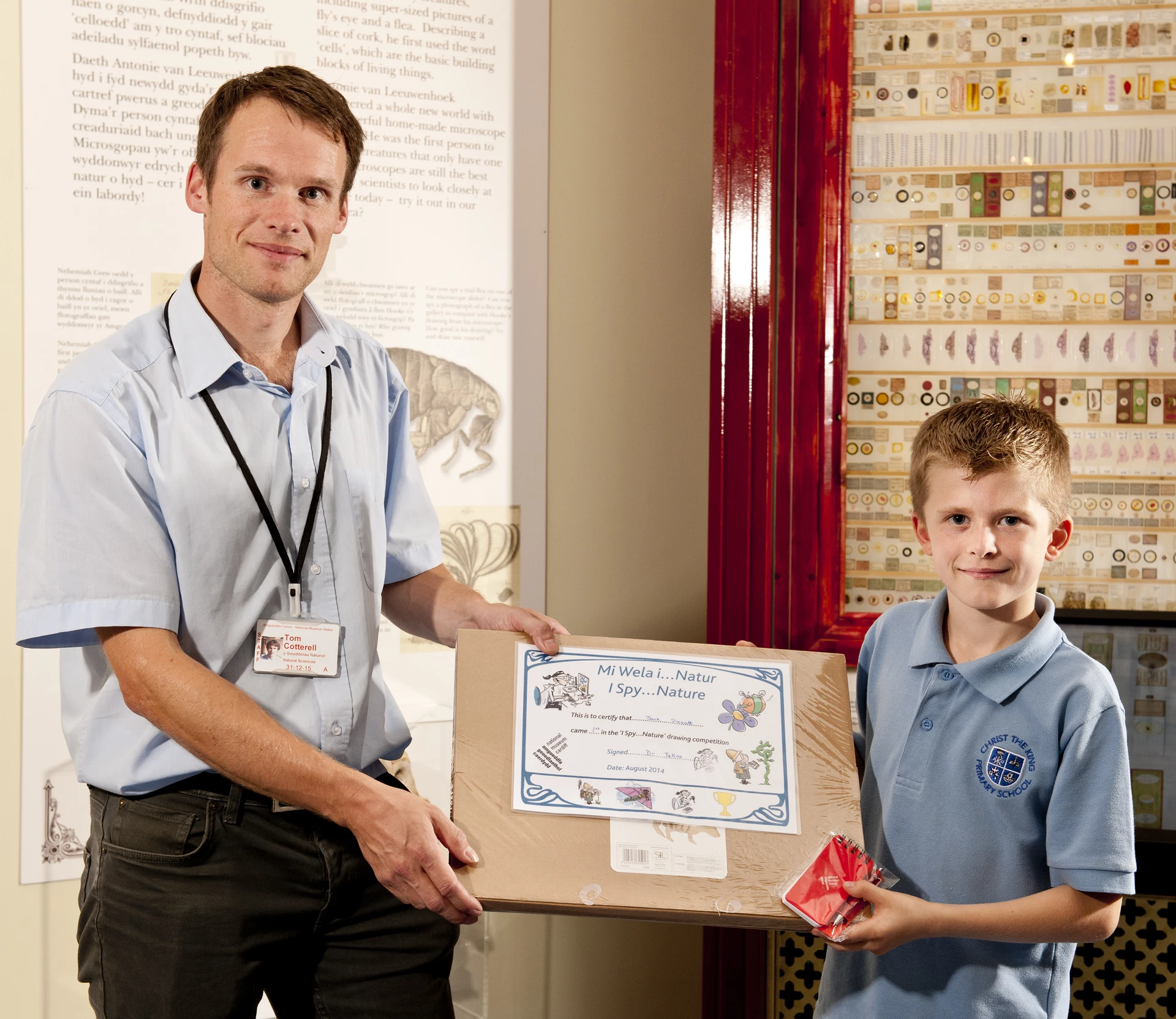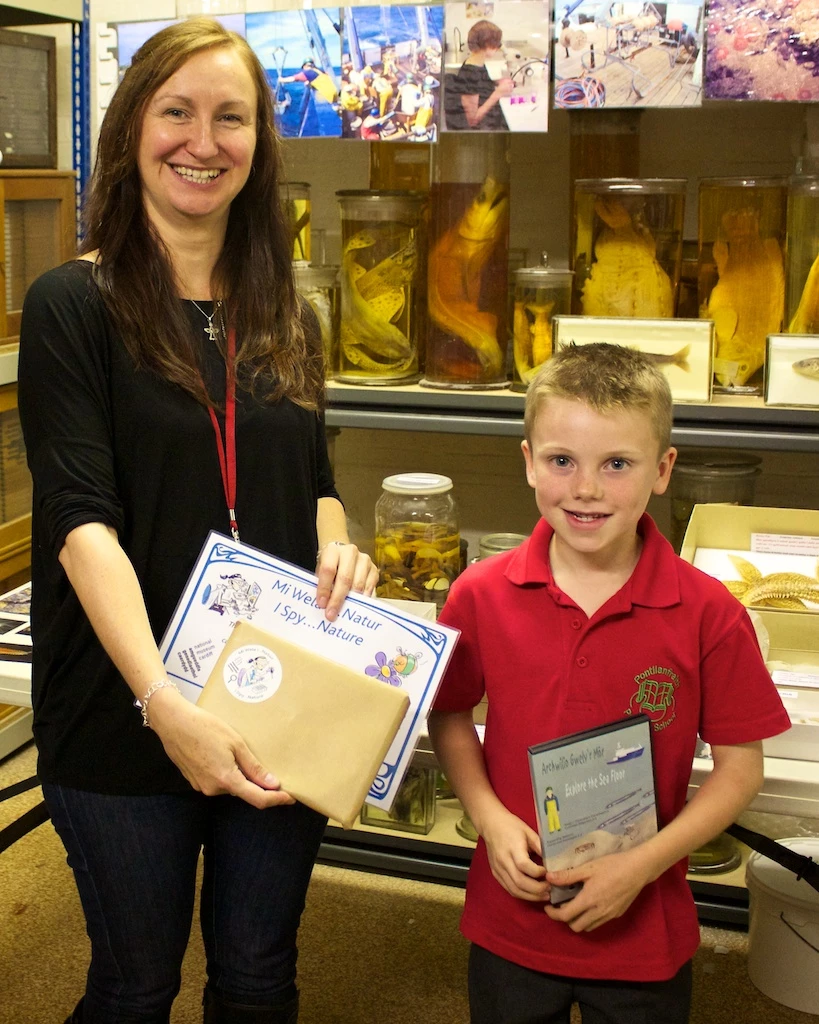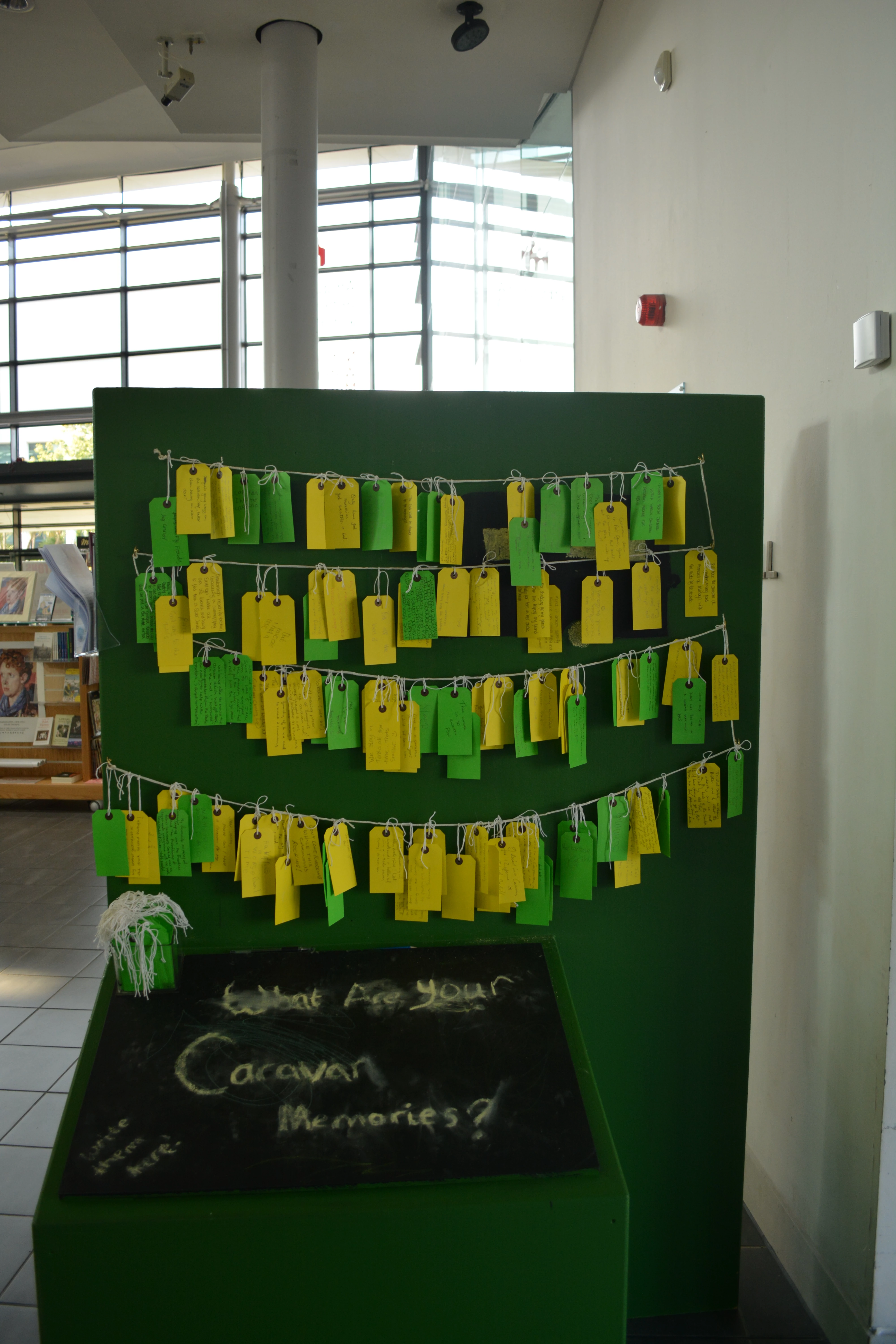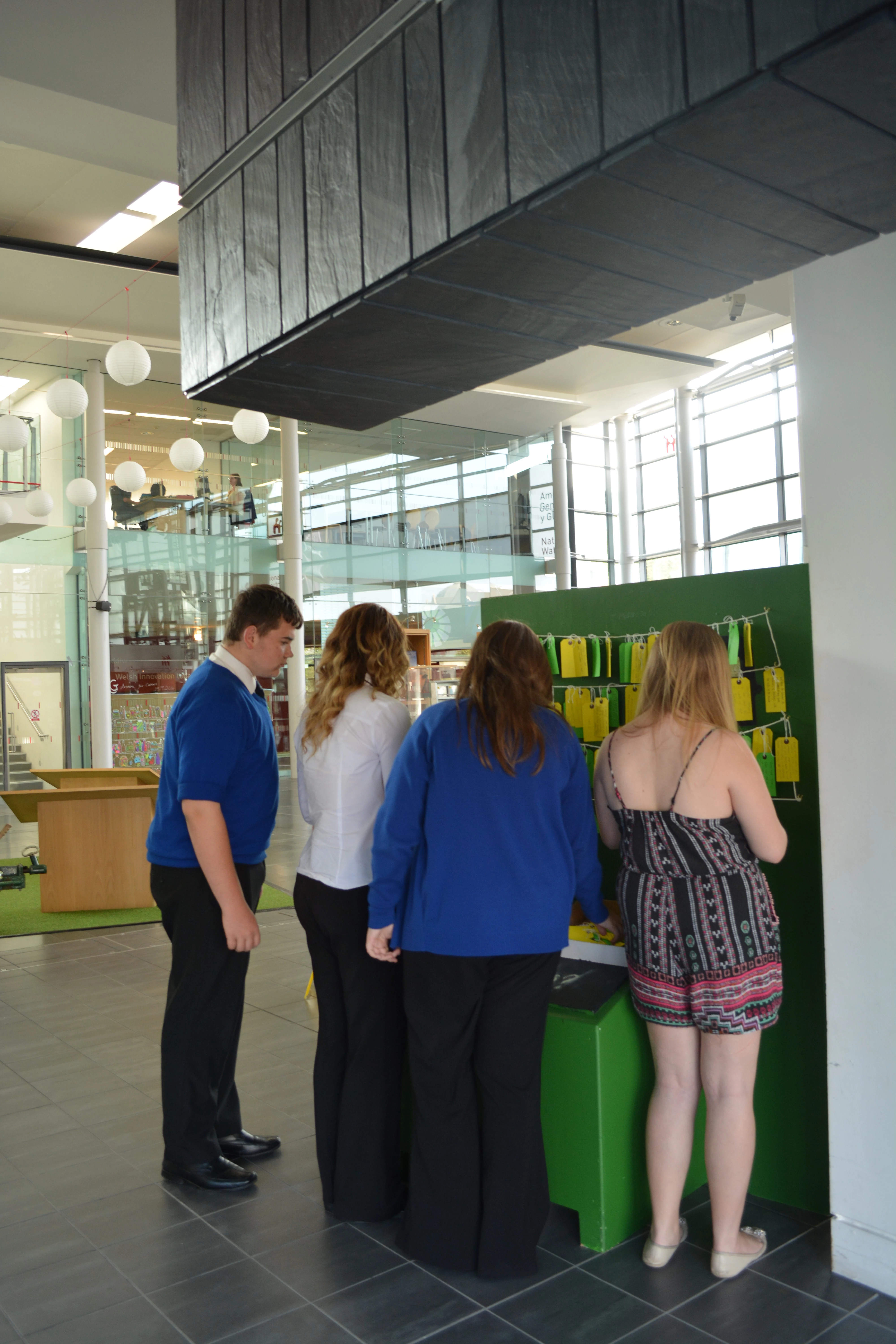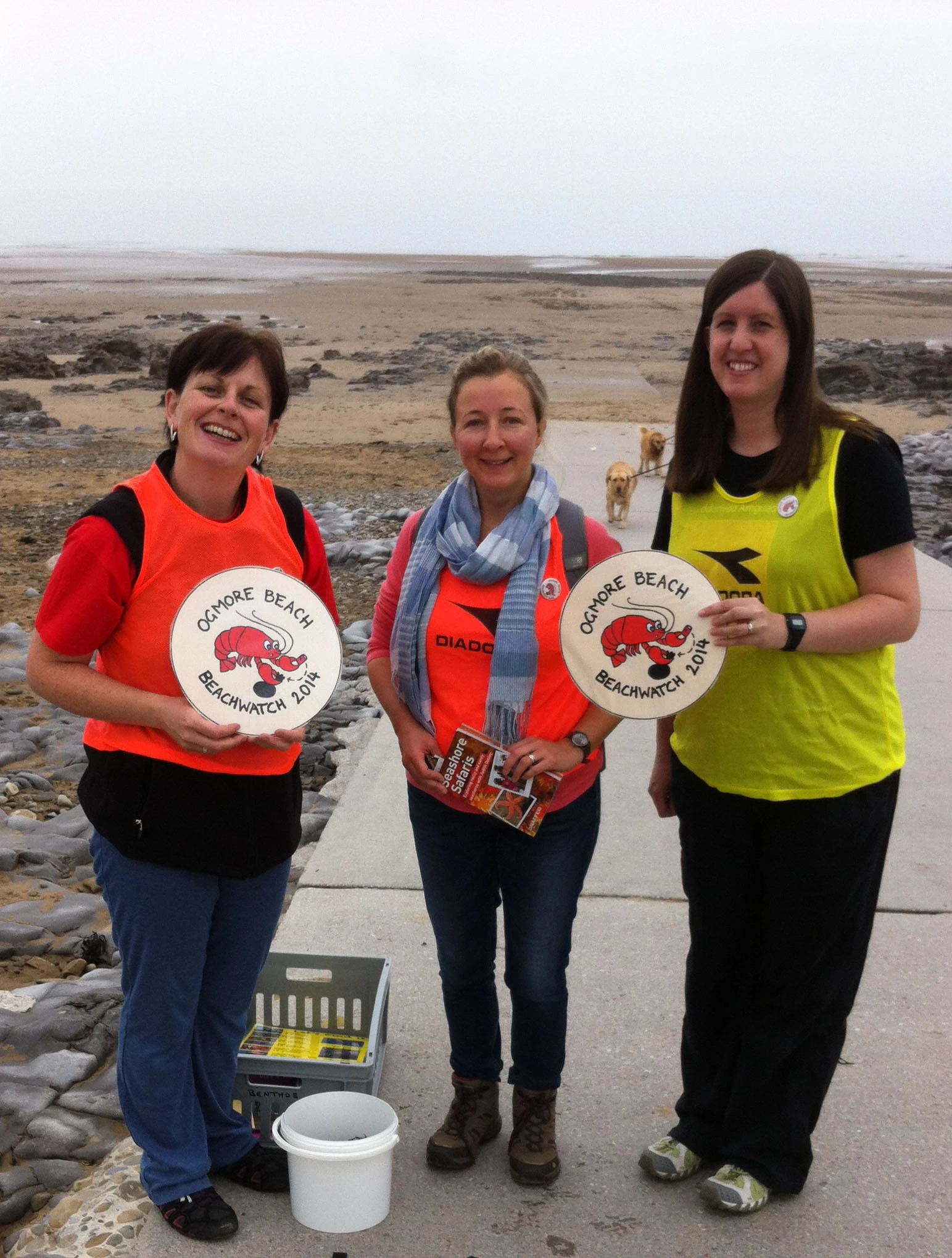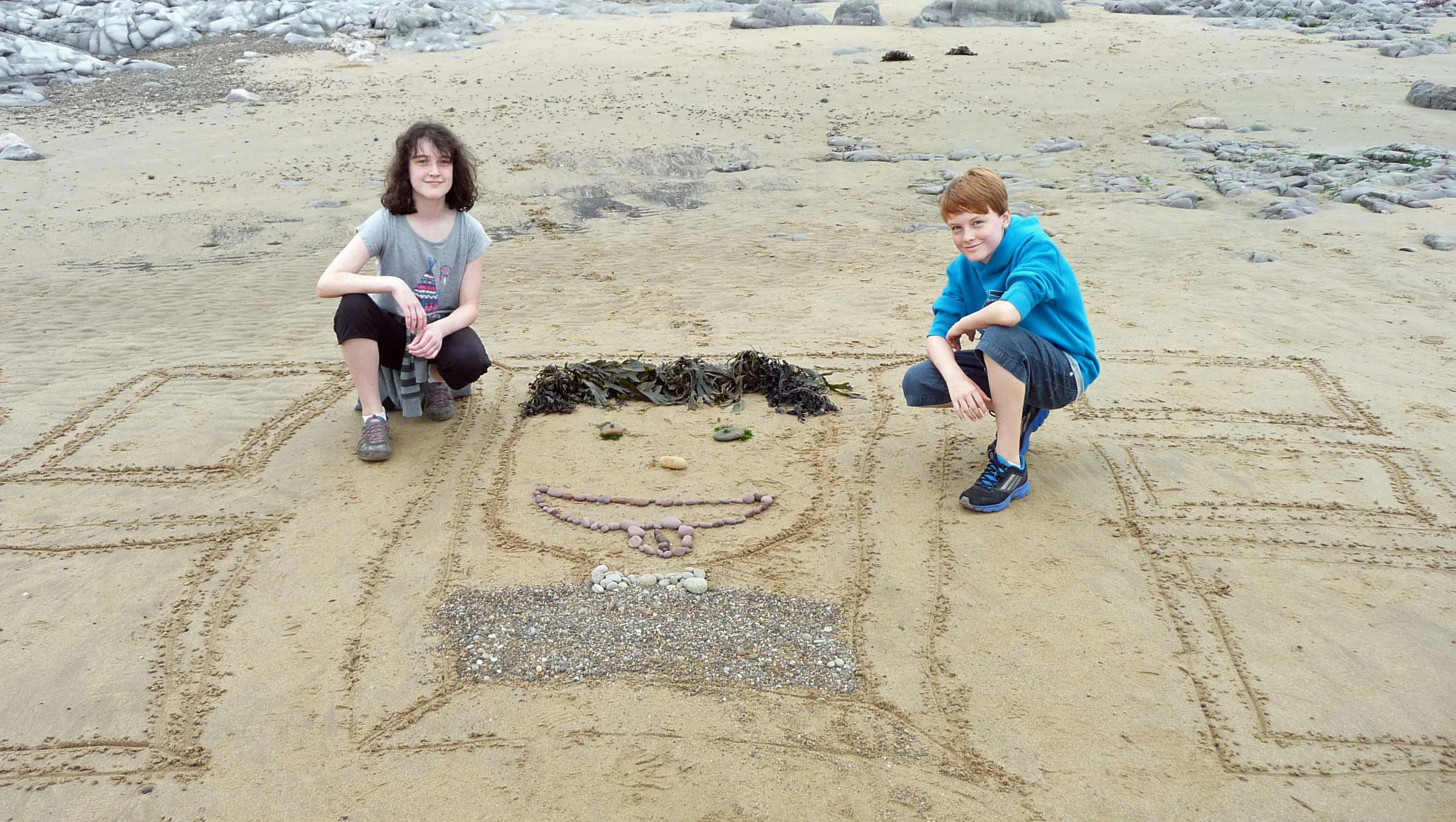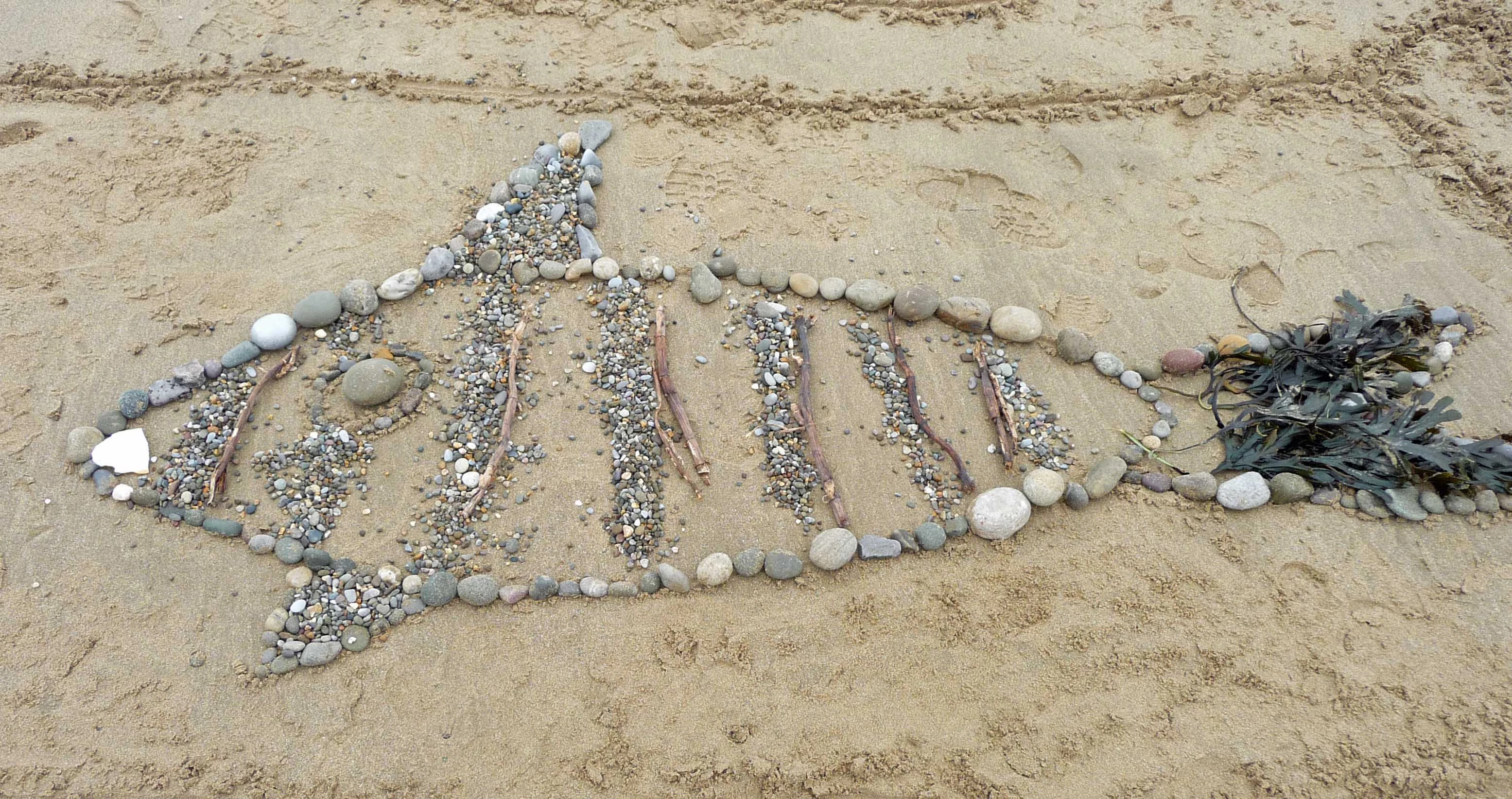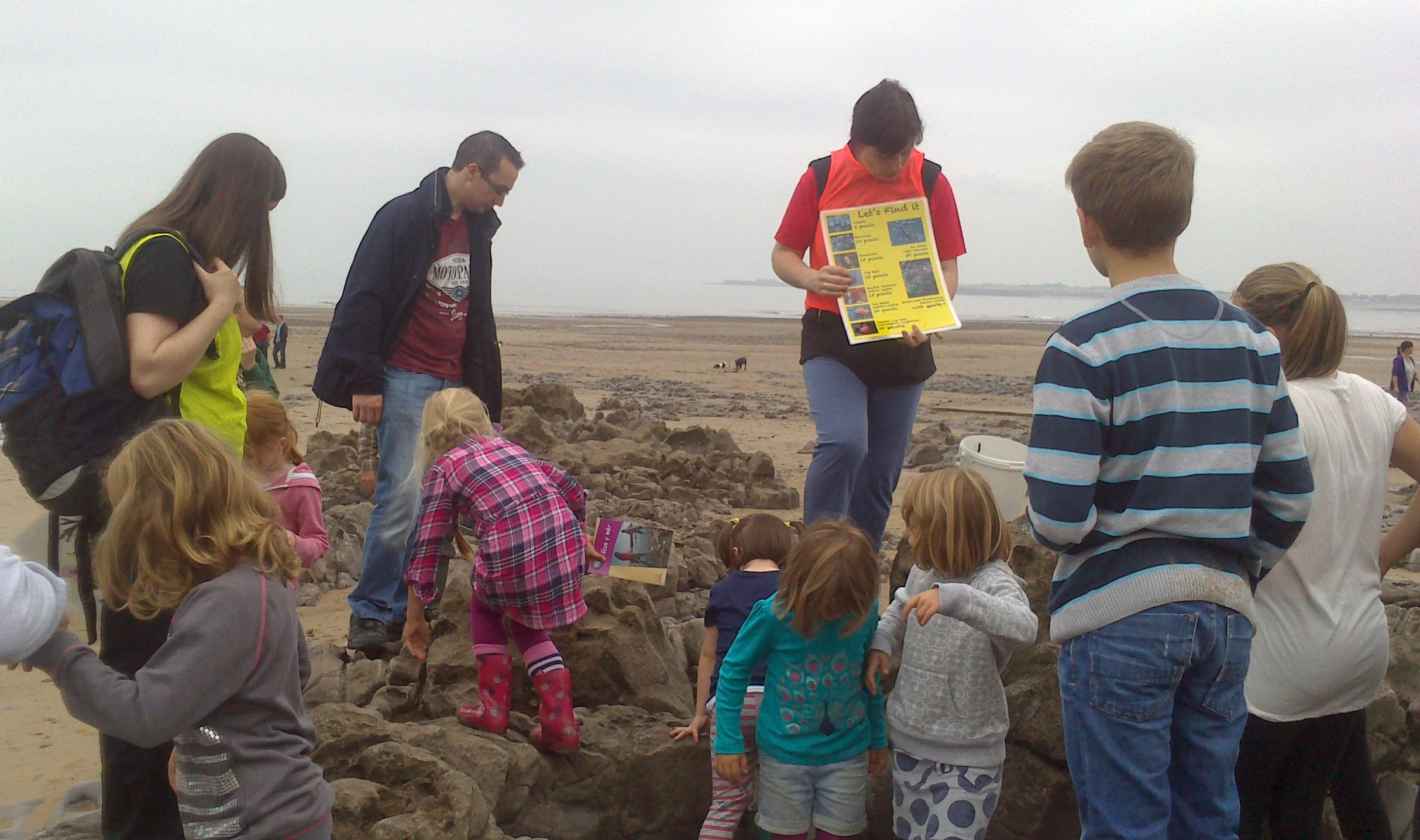More I Spy Competition Winners
, 14 October 2014
We were joined this Saturday by two more of our I Spy…Nature drawing competition winners and their families. The winners were shown around the mollusc (shell), marine invertebrate and vertebrate collections as part of their special behind the scenes tour by museum curators Katie Mortimer-Jones and Jennifer Gallichan. The visitors were able to select draws from the mollusc collections to look in and saw a Giant Clam and a cone shell known as Glory of the Seas (Conus gloriamaris), a once sort after shell found in the Pacific and Indian Oceans, to name but a few. Next onto the fluid store, where we keep our fluid preserved specimens such as marine bristleworms, starfish, crabs, lobsters and fish specimens. Lastly the tour finished up in the Vertebrate store where we keep some of the Museum’s taxidermy and skeleton specimens. After the tour, the winners were given their prizes of natural history goodies from the Museum Shop.
